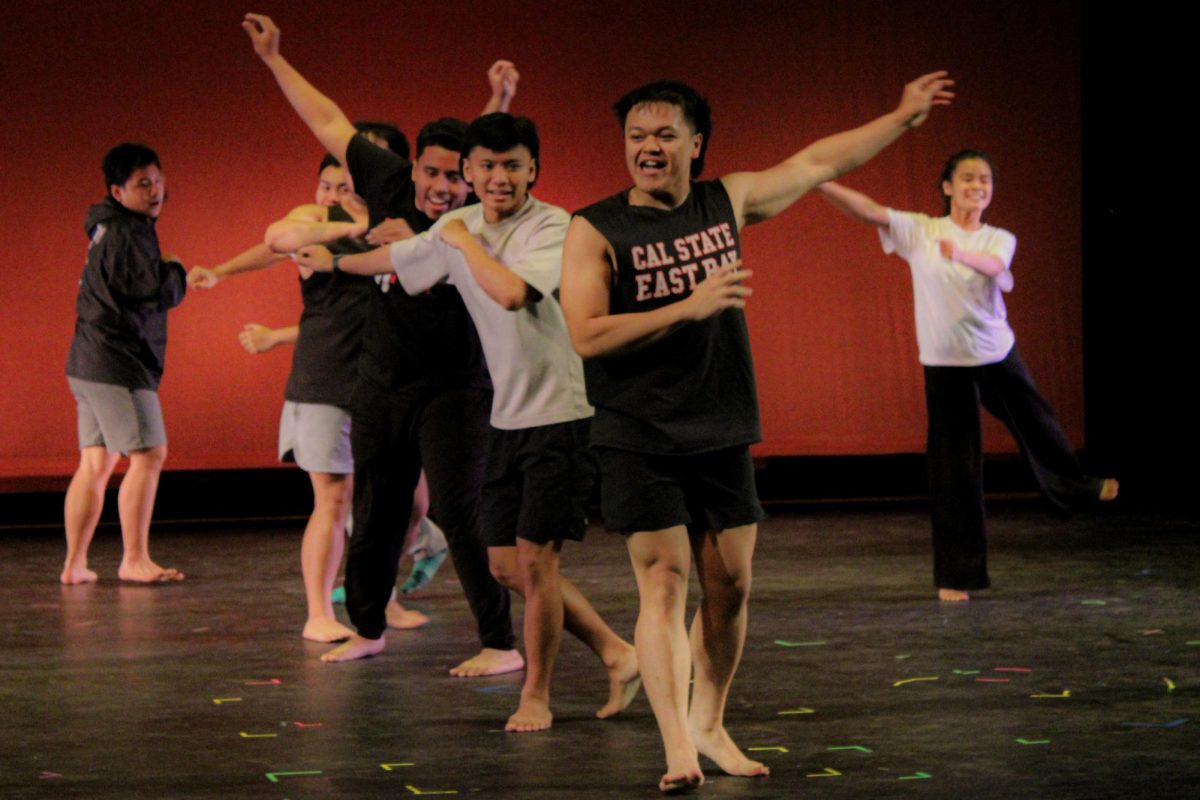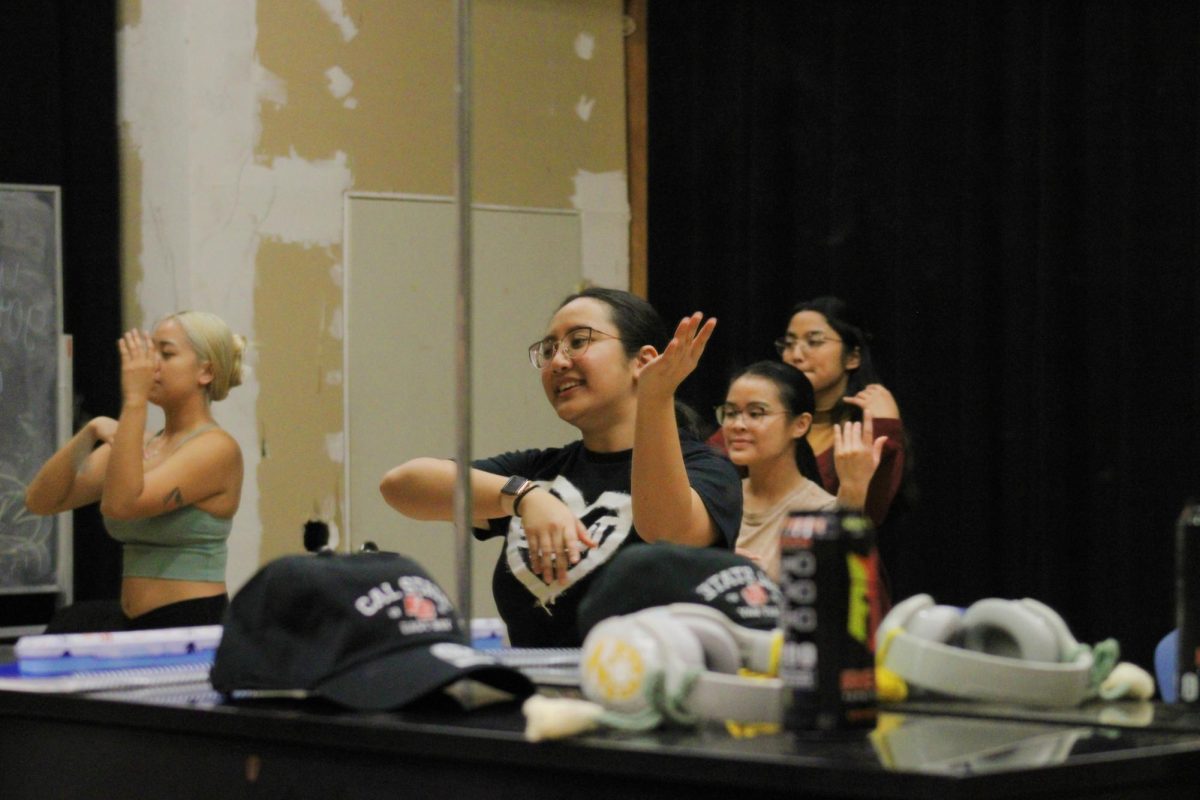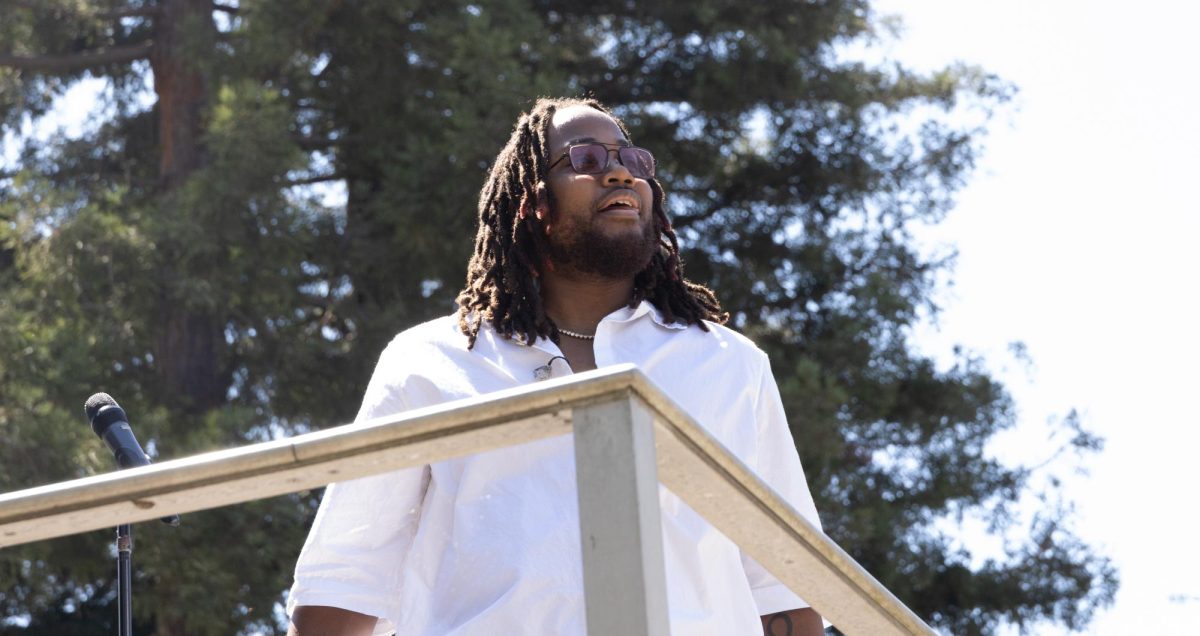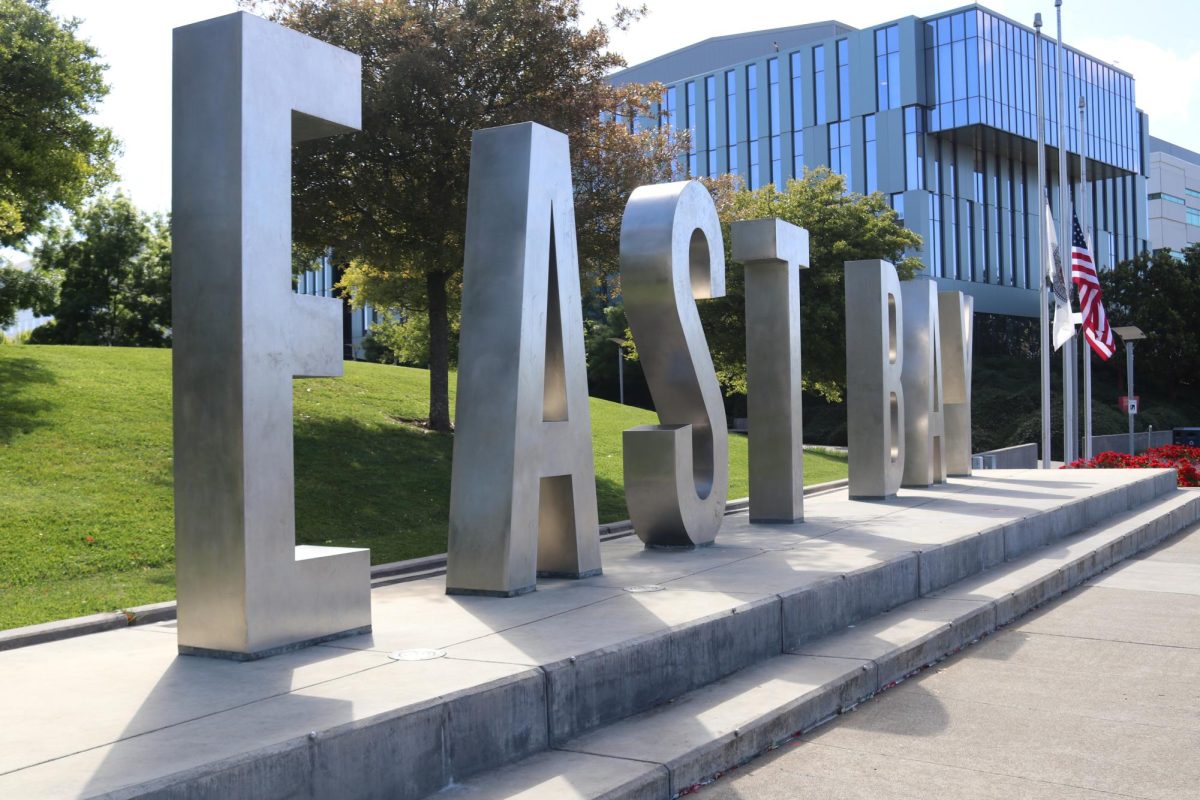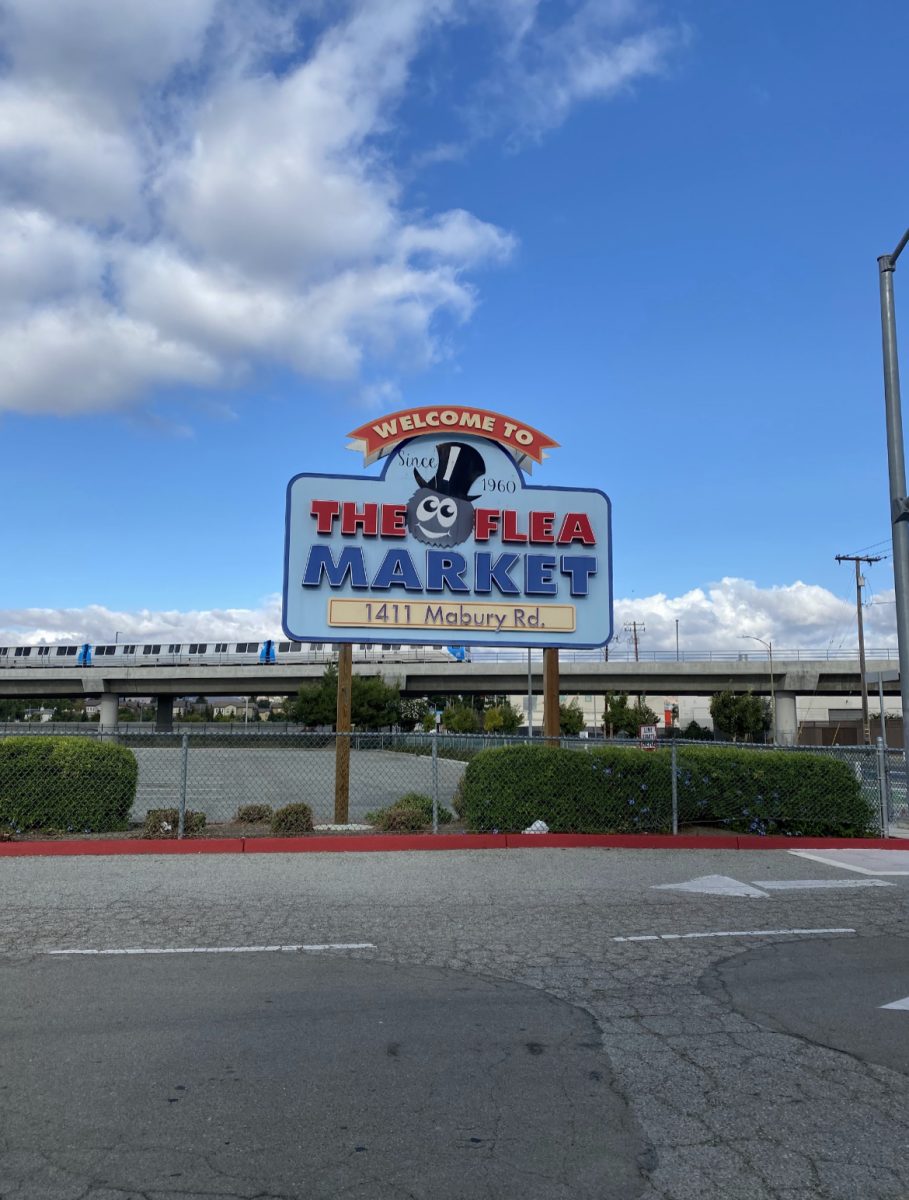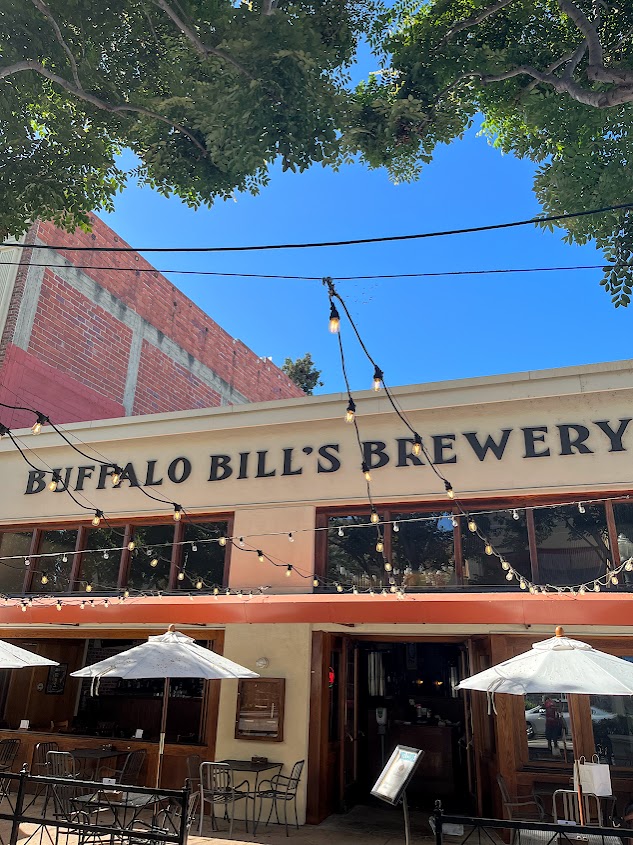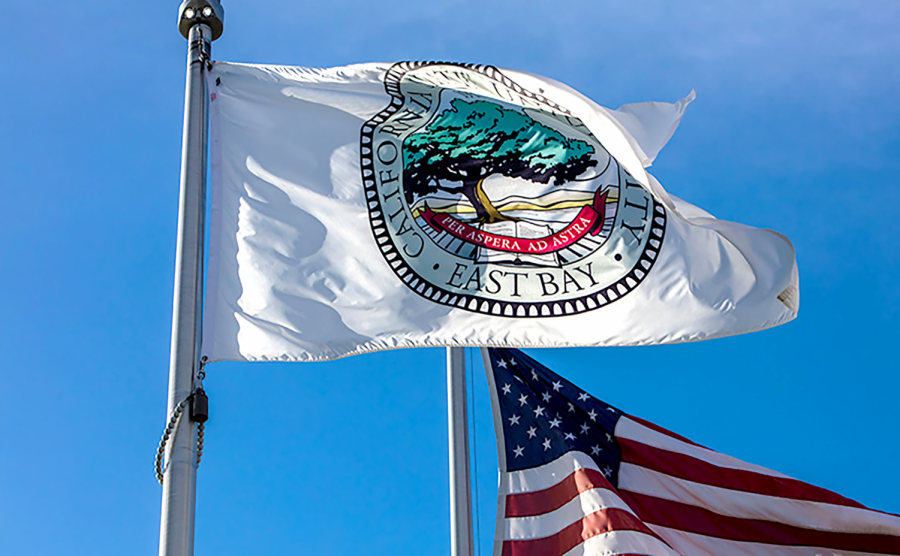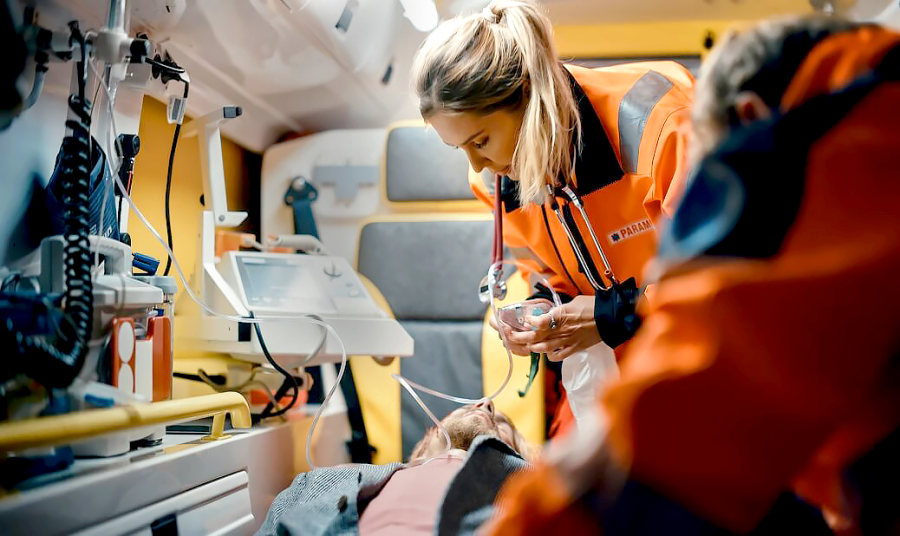In an effort to increase job opportunities for students in the medical field, CSU East Bay’s Student Nursing Association (SNA) is now offering Advanced Cardiac Life Support (ACLS) certification courses to students.
It was not until January of this year that the SNA requested an Advanced Life Support course for students, so they can benefit from more advanced training that has never been offered in this manner at CSUEB before.
Chris Parker, owner and head instructor for LifeSaver CPR, has been teaching basic lifesaving skills in CSUEB’s nursing program since 2004. According to Parker, many of the classes he offers through LifeSavers Inc. have been conducted in colleges, public and private schools, medical offices and major corporations, serving over 3,000 students a year.
According to the American Heart Association (AHA), the ACLS course provides students with the knowledge and skills to recognize symptoms of cardiac arrest and stroke so they can react more quickly to all of their victim’s needs.
“Many of the life-threatening medical calls I’ve responded to [as a firefighter] could have possibly had a different outcome if the friends, family members, or coworkers had been trained in CPR or first aid,” said Parker. “In this course, students really learn to interpret [heart rate] in their patients so they are able to respond to their needs faster.”
According to the AHA, ACLS refers to a set of clinical interventions needed for treating patients suffering from sudden cardiac arrest, stroke and other life threatening medical emergencies.
Although victims of sudden cardiac arrests and strokes are usually 65 years of age or older, Everyday Health Inc.’s webpage says there has been a rise in obesity, high blood pressure and cholesterol rates in young people between the ages of 15 and 34.
As a result, the number of young hospitalized stroke victims has risen by 51 percent in males and 17 percent in females between 1994 and 2007.
The statistics are even more dramatic in boys and girls between the ages of five and 14. Female stroke victims rose by 31 percent, while males were up by 36 percent.
The ACLS course began in the Concord room of the New University Union, where 12 students, most of whom are in CSUEB’s nursing program, were eagerly taking notes on the many key phrases and extensive vocabulary from their instructor and firefighter Sean Burrows. Students also watched video demonstrations on proper Cardiopulmonary Resuscitation (CPR) procedures for children and adults as well as the proper way to operate a voice prompted Automated External Defibrillator (AED).
According to the Cardiac Science webpage, when used in the first three to five minutes of a person collapsing from sudden cardiac arrest, an AED, which guides the user through the five cycles of CPR, has been able to dramatically increase a person’s survival rate. The AED quickly determines the person’s heart rate and guides the user through a process in which an electrical impulse to the person’s heart may be needed to restore it back to a normal rhythm.
After watching detailed video demonstrations, students split into pairs to practice CPR. Burrows provided students with test dummies and a bag valve mask instead of a traditional CPR mask.
“The bag valve mask is more accurate because it’s more widely used in the medical field,” said Burrows.
The first step of CPR was for students to call 911 and make sure that the AED was 30 minutes away. Students then asked the patient if they were okay and began scanning the patient’s body for any signs of movement. From there, students went through a process of checking the patient’s pulse for five to ten seconds and exposing the patient’s chest to find the “landmark” (lower half of the patient’s sternum). Then, with palm on top of palm, students began their consistent 30 compressions, after which their partners opened the patient’s airway and pumped in air with the bag valve mask.
This cycle continued with 30 more compressions and another pump of air, with students switching roles so as not to become too exhausted.
According to WebMD, when patients suffering from a minor stroke are treated quickly, 87 percent of them survive. This is why new guidelines were set in 2010 by the American College of Cardiology and the AHA for stroke victim treatment in a 90 minute “door to balloon time.” This refers to the amount of time it should take for a patient to arrive at the emergency room and complete the “stroke chain of survival,” which includes a process of data collection, diagnosis and decision, drug administration and the patient’s disposition.
“This course was challenging because there was a lot of information in a little amount of time,” said Jill George, senior CSUEB nursing student. “We are better able to recognize the medications needed for each patient, as well as understand clinical algorisms, how to read EKGs, (which are used to measure the rate and regularity of heartbeats), and what exactly is going on with patients and why it is happening so that we can react quickly.”
The ACLS course concluded with students receiving an ACLS certificate valid for two years, as well as extra college credits.
With as many as 900 student nursing applications last year at CSUEB and only 130 spots available, this year’s nursing students may be looking to enhance their minds as well as their résumés with an ACLS certificate before entering the real medical field.





